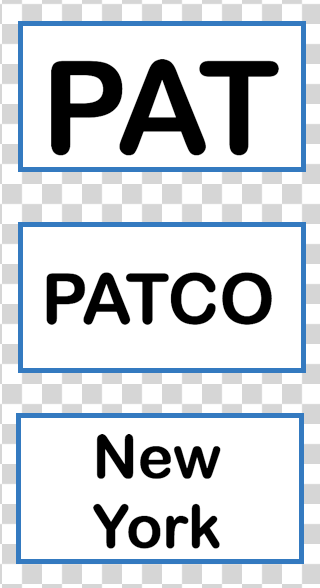Swift 5
func setFontForLabel(label:UILabel, maxFontSize:CGFloat, minFontSize:CGFloat, maxLines:Int) {
var numLines: Int = 1
var textSize: CGSize = CGSize.zero
var frameSize: CGSize = CGSize.zero
let font: UIFont = label.font.withSize(maxFontSize)
frameSize = label.frame.size
textSize = (label.text! as NSString).size(withAttributes: [NSAttributedString.Key.font: font])
// Determine number of lines
while ((textSize.width/CGFloat(numLines)) / (textSize.height * CGFloat(numLines)) > frameSize.width / frameSize.height) && numLines < maxLines {
numLines += 1
}
label.font = font
label.adjustsFontSizeToFitWidth = true
label.numberOfLines = numLines
label.minimumScaleFactor = minFontSize/maxFontSize
}
Swift 3
I looked at the post that paper111 posted. Unfortunately it's in Obj-C and the sizeWithFont: ,constrainedToSize: , lineBreakMode: method has been deprecated. (- - );
His answer was good, but still didn't provide a fixed size. What I did was to start with a UILabel that had everything but the height (this is probably the same for most people).
let myFrame = CGRect(x: 0, y:0, width: 200, height: self.view.height)
let myLbl = UILabel(frame: myFrame)
let finalHeight:CGFloat = 300
myLbl.font = UIFont(name: "Chalkduster", size: 16.0)
myLbl.lineBreakMode = .byWordWrapping
myLbl.numberOfLines = 0
myLbl.text = "Imagine your long line of text here"
addSubview(myLbl)
myLbl.sizeToFit()
guard myLbl.frame.height > finalHeight else { return }
var fSize:CGFloat = 16 //start with the default font size
repeat {
fSize -= 2
myLbl.font = UIFont(name: "Chalkduster", size: fSize)
myLbl.sizeToFit()
} while myLbl.frame.height > finalHeight
You can see that there's a guard blocking the resize if it's not needed. Also, calling sizeToFit() many times isn't ideal, but I can't think of another way around it. I tried to use myLbl.font.withSize(fSize) in the loop but it wouldn't work, so I used the full method instead.
Hope it works for you!


